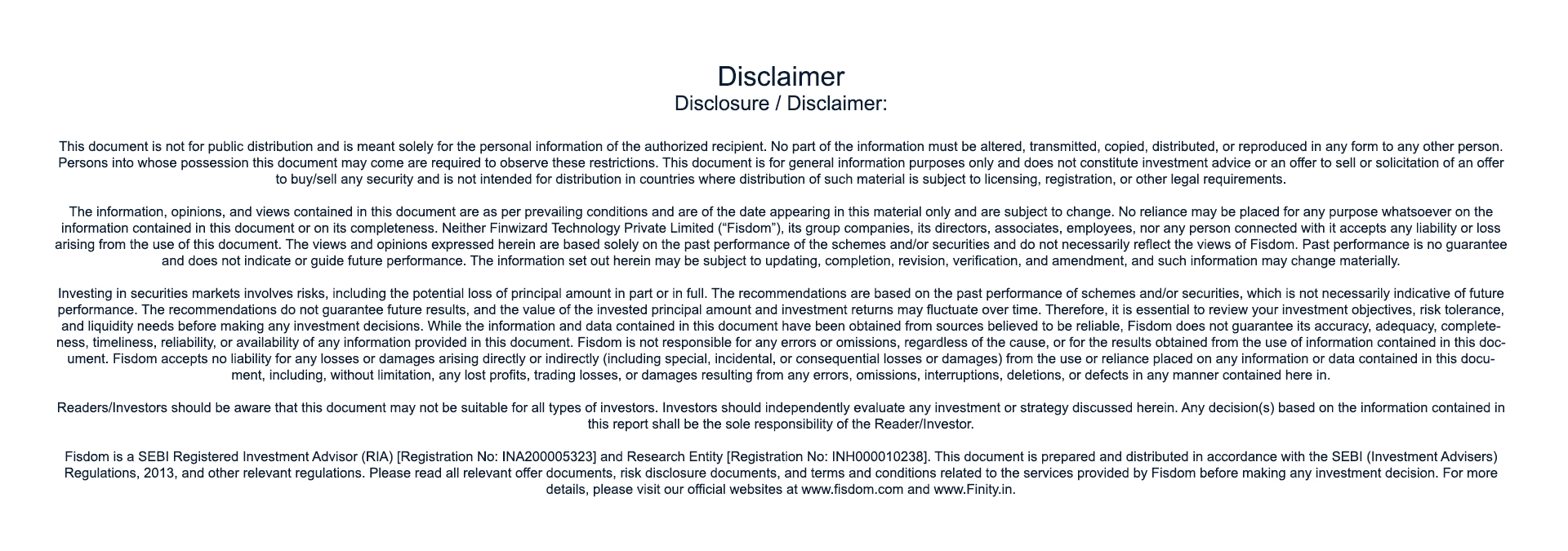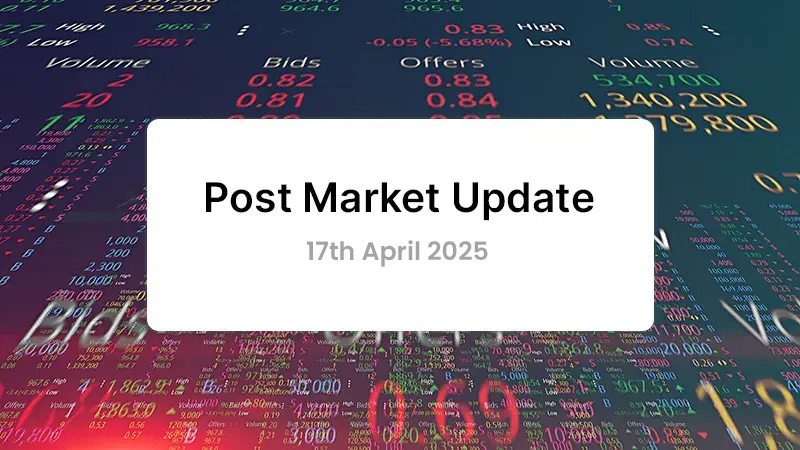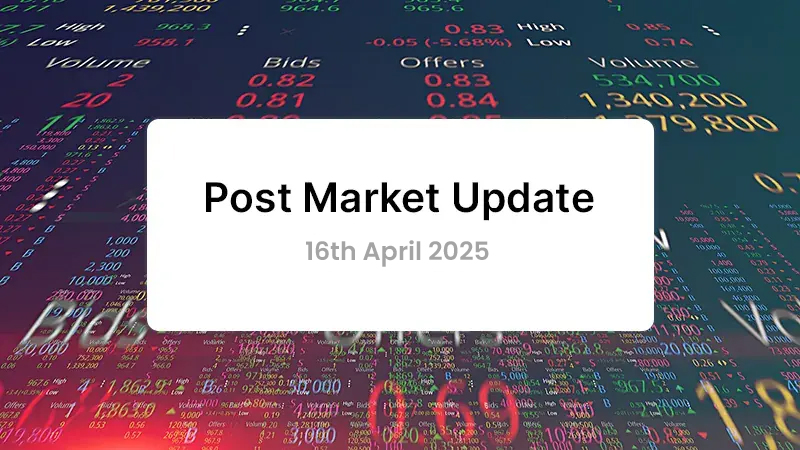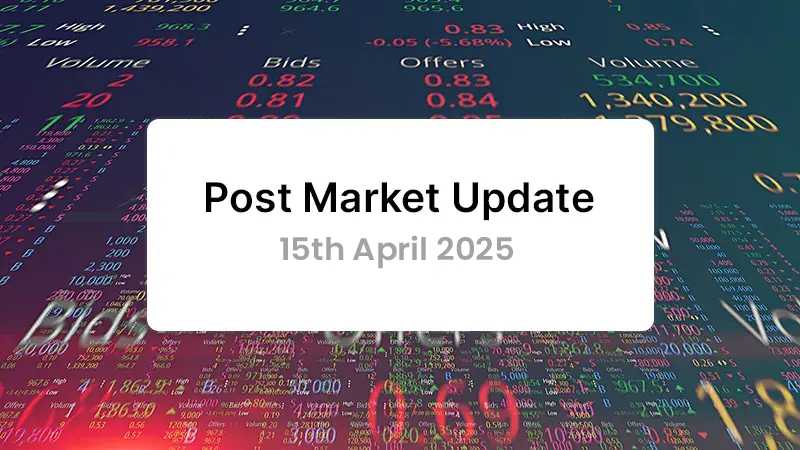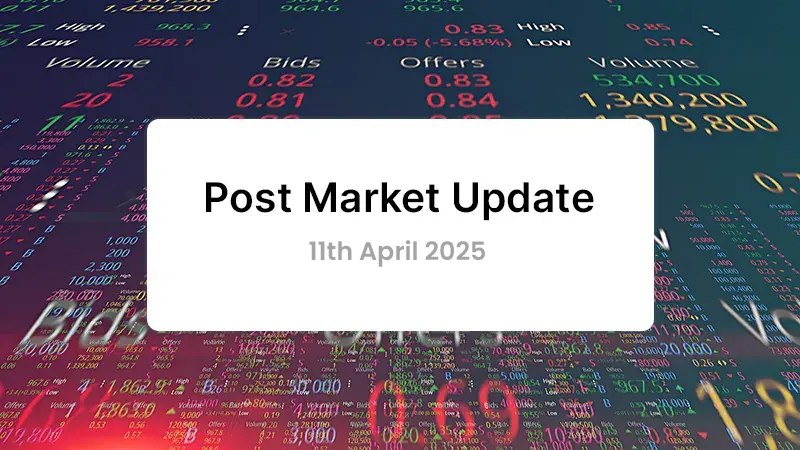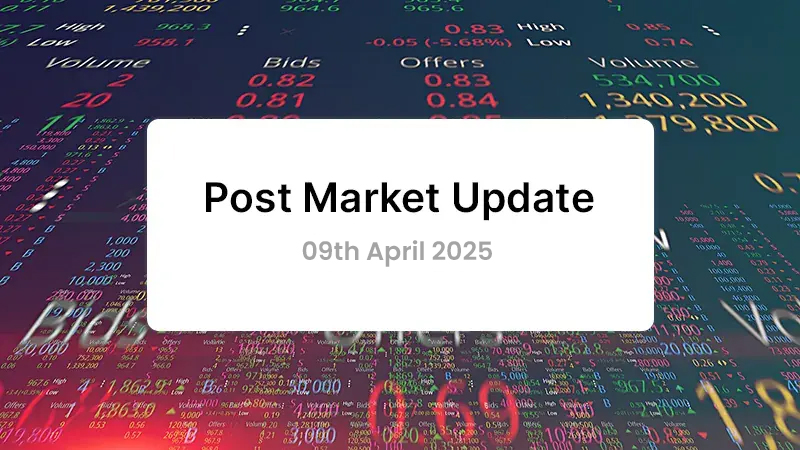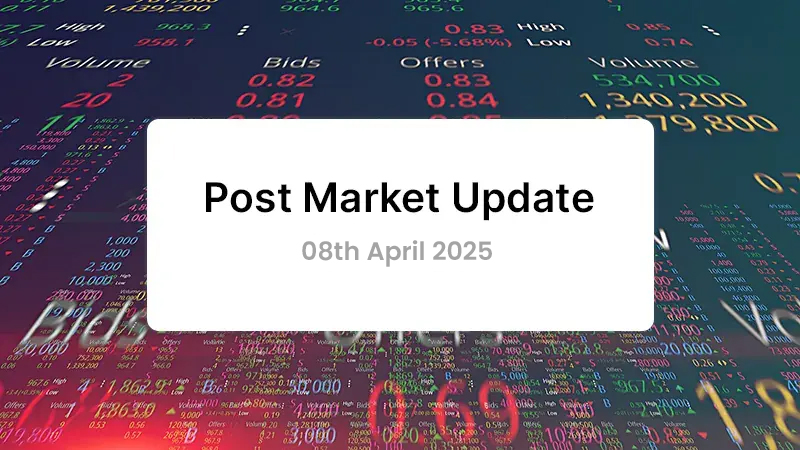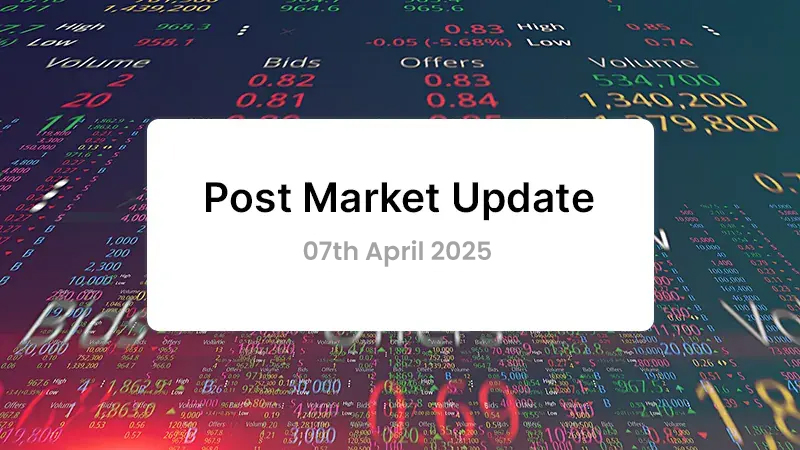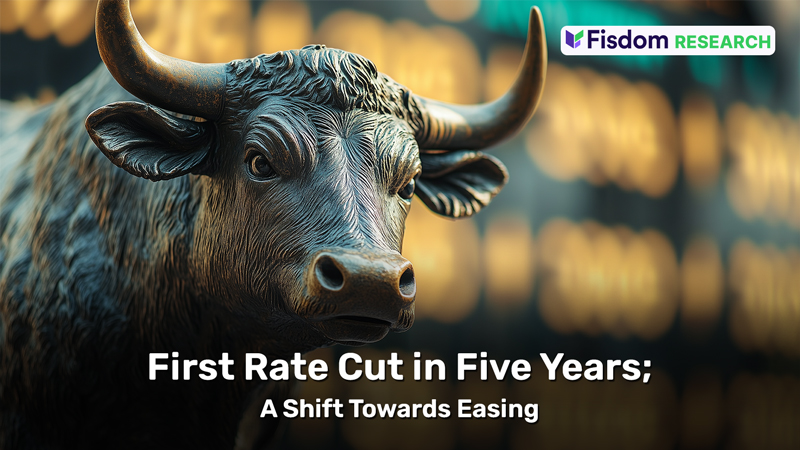
The Reserve Bank of India (RBI) has reduced the policy repo rate by 25 basis points to 6.25%, marking the first rate cut in nearly five years. Consequently, the standing deposit facility (SDF) rate now stands at 6.00%, while the marginal standing facility (MSF) rate and the Bank Rate have been adjusted to 6.50%. The Monetary Policy Committee (MPC) has maintained a neutral stance, indicating that future rate decisions will be data-dependent, balancing inflation control with growth support.
Key Decisions & Highlights
-
Repo rate cut by 25 bps to 6.25%.
-
SDF rate adjusted to 6.00%.
-
MSF rate and Bank Rate are set at 6.50%.
-
The RBI continues with a neutral stance, signaling flexibility in responding to inflation and economic growth dynamics
Inflation Projections & Basis of Projection
| Period | Previous MPC Estimates | Current MPC Estimates | Change |
| FY24-25 | 4.8% | 4.8% | No Change |
| Q4 FY25 | 4.5% | 4.4% | Revised Lower |
| FY26 | — | 4.2% | — |
| Q1 FY26 | 4.6% | 4.5% | Revised Lower |
| Q2 FY26 | 4.0% | 4.0% | No Change |
| Q3 FY26 | — | 3.8% | — |
| Q4 FY26 | — | 4.2% | — |
Core Inflation Decline: The MPC noted a decline in core inflation, supported by a favorable outlook on food prices and the continuous transmission of past policy actions.
Food Inflation Softening: Going forward, food inflation pressures are expected to ease significantly, driven by:
-
- Good Kharif production
- Winter-easing in vegetable prices
- Favorable Rabi crop prospects
Risks to Inflation: Global financial market volatility, geopolitical uncertainties, and potential supply-side shocks could create upward inflationary pressures in the later part of FY25-26.
With inflation expected to remain within the RBI’s 4% (±2%) target range, the monetary policy stance remains neutral, ensuring flexibility to respond to evolving economic conditions.
GDP Growth Projections & Key Drivers
| Period | Previous MPC Estimates | Current MPC Estimates | Change |
| FY24-25 | 6.6% | 6.4% | Revised Lower |
| FY25-26 | — | 6.7% | — |
| Q1 FY26 | 6.9% | 6.7% | Revised Lower |
| Q2 FY26 | 7.3% | 7.0% | Revised lower |
| Q3 FY26 | — | 6.5% | — |
| Q4 FY26 | — | 6.5% | — |
The Indian economy is projected to grow at 6.7% in FY25-26, driven by multiple factors supporting both demand and supply-side dynamics.
- Private Consumption Recovery: Growth will be fueled by rising household consumption, aided by tax relief measures announced in the Union Budget 2025-26.
- Agriculture & Industrial Recovery: A strong rabi harvest is expected to boost rural demand, while industrial activity picks up after a period of subdued growth.
- Investment & Capex Momentum: Private sector investments are set to rise, supported by higher capacity utilization and strong corporate balance sheets. The government’s continued emphasis on capital expenditure will further drive economic expansion.
- Services Sector Resilience: Service exports remain a key growth driver, with steady demand from global markets. Domestic consumption in services is also expected to stay robust.
- Infrastructure Push & Demand Revival: Large-scale infrastructure projects and public sector spending will continue to support economic momentum, reinforcing the recovery.
While geopolitical tensions, financial market volatility, and global trade uncertainties pose risks, the overall outlook remains positive, with India poised for steady and resilient growth in the coming fiscal year.
Liquidity and Financial Market Developments
- Liquidity conditions tightened in December 2024 and January 2025 due to advance tax payments, capital outflows, and forex operations.
- The RBI has announced measures to ensure adequate liquidity, including variable rate repo auctions and government securities purchases via open market operations (OMOs).
- The central bank urges banks to increase participation in the uncollateralized call money market to enhance market efficiency.
Key Regulatory & Developmental Policies
- Forward Contracts in Government Securities: The RBI will introduce forward contracts in G-secs to help long-term investors manage interest rate risks.
- NDS-OM Access for SEBI-Registered Brokers: Non-bank brokers registered with SEBI will now have direct access to the Negotiated Dealing System – Order Matching (NDS-OM)
- Review of Trading and Settlement Timings: A working group has been set up to assess market trading and settlement hours across financial segments.
- Enhancing Cybersecurity in Banking: The RBI is introducing ‘bank.in’ domains for banks and planning a ‘fin.in’ domain for financial institutions to enhance trust in digital banking.
- Additional Factor Authentication (AFA) for Cross-Border Transactions: To improve security, AFA will be enabled for international card-not-present transactions.
Way Forward
We believe that the Reserve Bank of India’s policy decisions align with market expectations. With the RBI commencing a rate-cut cycle, we foresee additional reductions of 25-50 basis points in 2025, depending on global economic conditions, inflation dynamics, and fiscal policy. Additionally, we anticipate some liquidity measures from the RBI in the coming months, even though they were not explicitly mentioned in this MPC. The RBI’s neutral stance indicates a cautious approach, keeping a close watch on global economic trends, inflationary pressures, and financial market volatility before making further adjustments.
